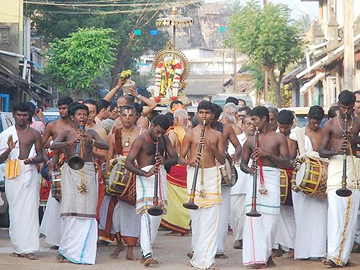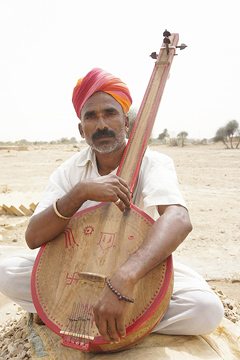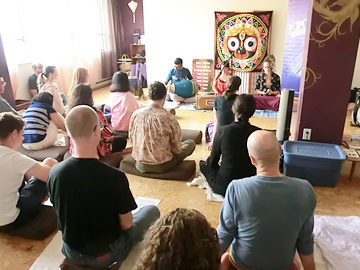Department of Sociology, Faculty of Letters, Konan University
8-9-1 Okamoto, Higashinada-ku, Kobe JAPAN 658-8501
E-mail: kyoko(at)center.konan-u.ac.jp
By researching into Indian performing arts, this study attempts to achieve the following two goals.
(1) To grasp the transformation of socio-economic and cultural structures and values in Indian society after the 2000s.
(2) To formulate the conceptual model of the “cultural gyre phenomenon”(Mio 2011), different from the globalization model wherein western culture spreads across the world. Cultural gyre phenomenon is the concept that tries to explain the dynamics of globalized Indian culture in recent years.

Indian culture such as yoga and sari are widely acknowledged today. They are the globalized versions of “Indian” culture which became transformed in the process that they go across the borders and are accepted in other societies. They not only travel transnationally, but also return home, giving significant impact on Indian society. We can see it in the popularity of power yoga in city gyms and branded chiffon saris at wedding parties.

This research tries to clarify the global dynamics of Indian culture through the examination of the present situation of performing arts (theatre, dance, music and others), which spread globally through new media such as satellite television, mobile phone and internet. The rapid transformation of Indian society after 2000 can be reflected on performing arts, too. Performing arts convey the emotion, passion and feelings of both performers and audience as well as they are the mirror of the values prevailing in a society. By examining the changes in Indian performing arts, we can grasp structural transformation of Indian society from economic, social and cultural aspects.
Concerning the globalization of Indian performing arts, previous studies such as the work by Farrel (2005), which examined the musical practices among South Asian migrants in the UK, have focused on the situations outside India, especially in the USA and Europe. It can be said that they did not pay much attention to the flows of Indian performing arts outside migrant communities in the west. The descendants of migrants in Southeast Asian countries, for example, are more connected to India and became more mobile between multiple places. The musicians of Carnatic music and Bharatanatyam dancers in Malaysia and Singapore try to give performance at prestigious Chennai music and dance festival. Besides, they can cross the borders without moving with the help of new media, i.e. the internet. The performers can utilize Facebook and YouTube to promote themselves. Music and Dance teachers in India are able to give private lessons to students abroad through Skype. Moreover, practices of Indian performing arts are not only confined to South Asian migrants but also spread across the world. For instance, Bollywood dance became popular in Japan, where the population of Indian migrants is rather small. Behind the phenomenon is the global distribution of Bollywood films.

Our goal is to grasp the transformation of socio-economic and cultural structures and values in Indian society as well as to formulate the conceptual model of the “cultural gyre phenomenon” by describing the above new situations in Indian performing arts and media.
Farrell, G. with Bhowmick, J. and Welch, G., 2005, “South Asian Music in Britain”. In H. Um (ed.) Diasporas and Interculturalism in Asian Performing Arts: Translating Tradition. pp.104-128, RoutledgeCurzon.
Mio, Minoru, 2011, “‘Indian culture’as‘cultural gyre’: A perspective to globalizing local culture”, Minpaku Tsushin 132, pp. 2-7 (in Japanese).
Japan Society for the Promotion of Science (JSPS)
Grant-in-Aid for Scientific Research(B) Project
KAKENHI Grant Number: 26300039